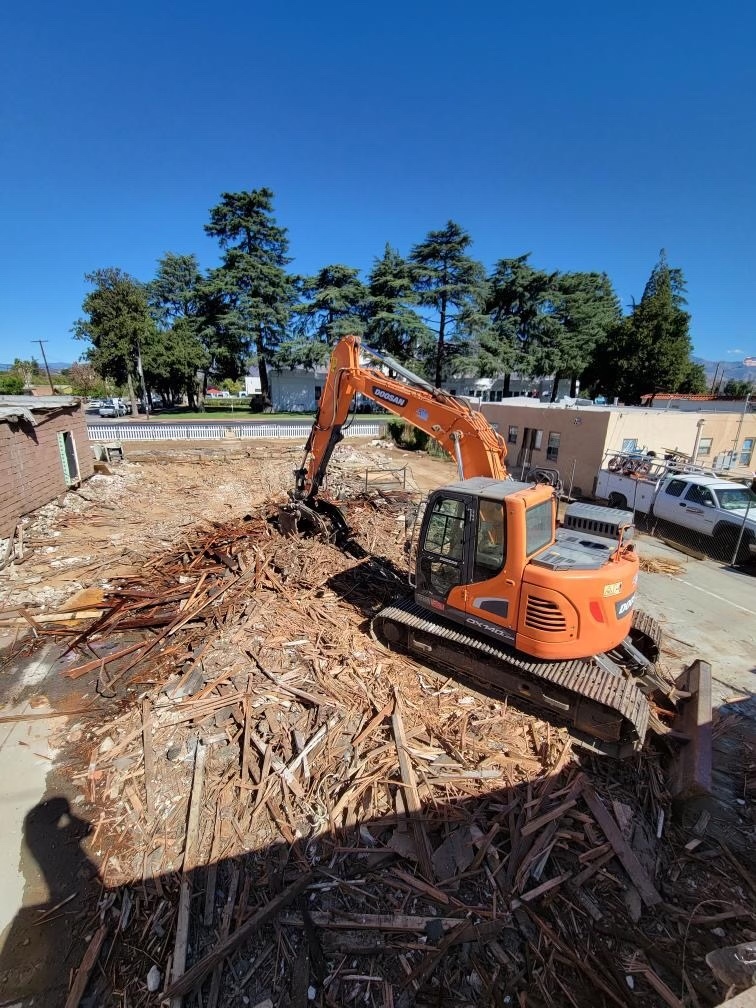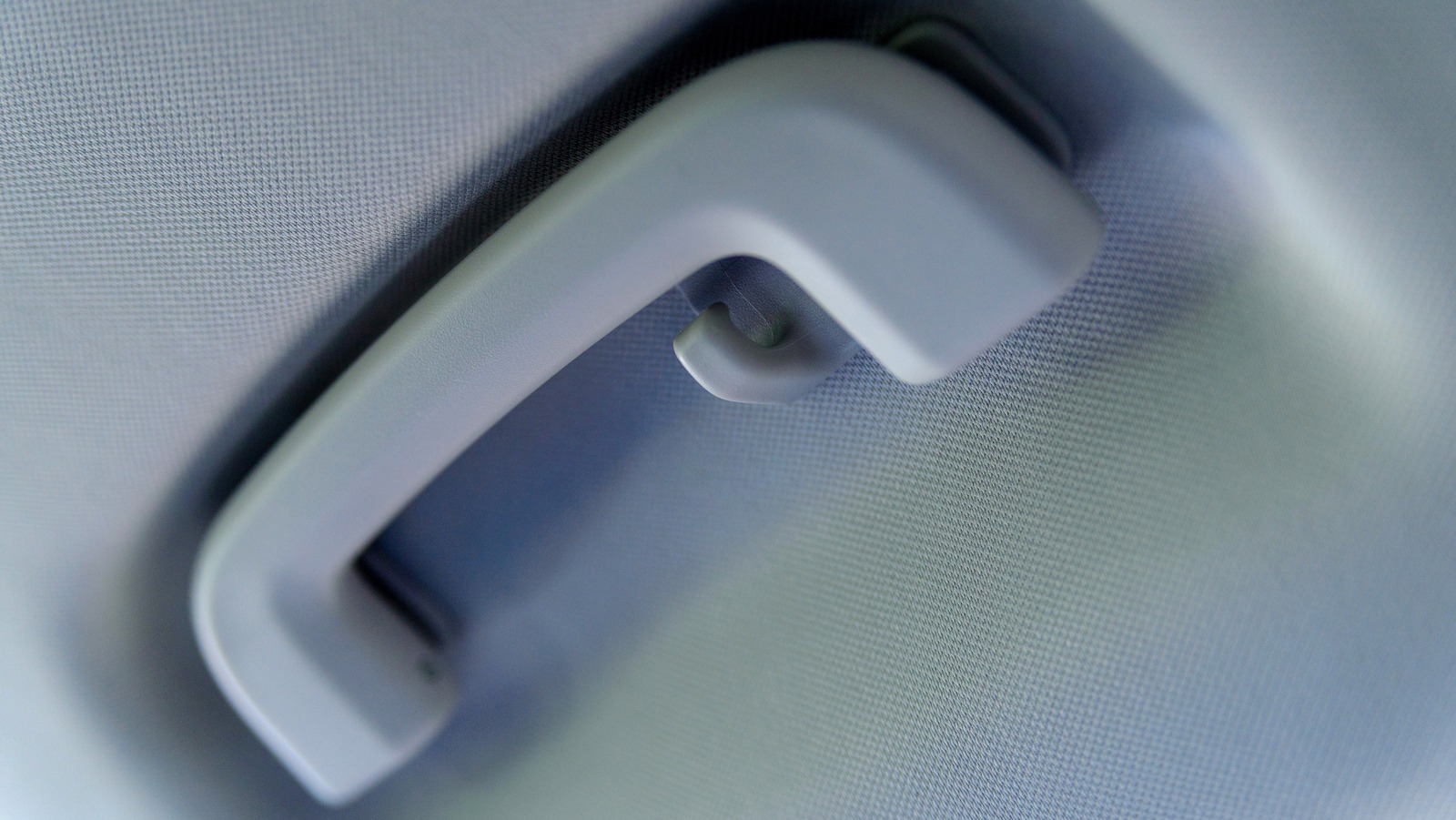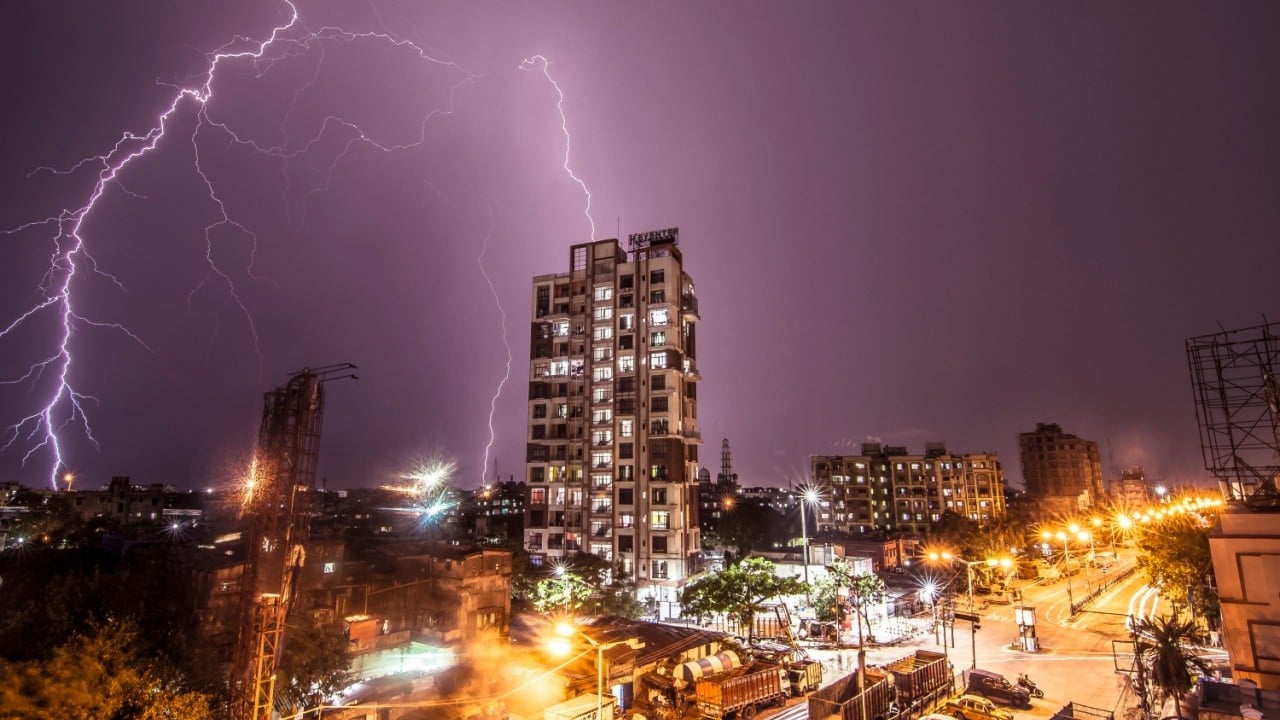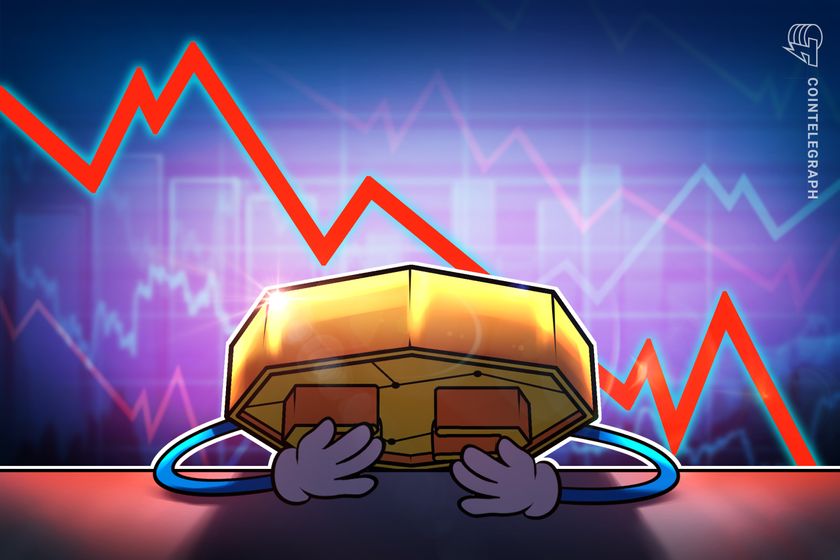How AI is Revolutionizing Demolition Planning in Los Angeles
Los Angeles, a city constantly reinventing itself through urban renewal and development, is witnessing a profound transformation in one of construction's most challenging aspects: demolition planning. Artificial intelligence has emerged as a game-changing technology in this field, offering unprecedented improvements in both safety and efficiency. The integration of AI into demolition planning represents not merely an incremental advance but a revolutionary shift in how these complex, potentially hazardous operations are conceived, planned, and executed across the sprawling Los Angeles metropolitan area. In a city where architectural heritage stands alongside the need for modernization, where seismic considerations are paramount, and where dense urban environments create unique challenges, AI-powered solutions are providing demolition specialists with tools that would have seemed like science fiction just a decade ago. From predictive modeling that can anticipate structural collapse scenarios to autonomous machinery that can operate in hazardous environments, the application of artificial intelligence is fundamentally altering the demolition landscape in Los Angeles. The Traditional Challenges of Urban Demolition in Los Angeles Demolition in Los Angeles has historically presented a complex array of challenges that extend beyond the mere dismantling of structures. The city's unique urban fabric—characterized by varying building ages, construction methods, and proximity issues—creates a demolition environment unlike any other in the country. Seismic considerations have always loomed large in Los Angeles demolition planning. Structures built before modern earthquake codes often contain unpredictable weaknesses that can lead to unexpected collapses during demolition. Additionally, the dense urban environment means that demolition activities frequently occur in close proximity to occupied buildings, public spaces, and critical infrastructure, magnifying safety concerns and operational constraints. Environmental factors further complicate demolition work in Los Angeles. The presence of hazardous materials such as asbestos and lead in older structures requires careful remediation planning. Air quality concerns, already a significant issue in the Los Angeles Basin, necessitate dust mitigation strategies that traditional demolition approaches often struggle to address adequately. Moreover, the regulatory landscape in Los Angeles presents its own complications, with multiple overlapping jurisdictions, historical preservation requirements, and strict environmental regulations creating a labyrinthine approval process that has traditionally extended project timelines and increased costs. AI-Powered Structural Analysis and Simulation The introduction of artificial intelligence has transformed the initial planning phase of demolition projects through advanced structural analysis capabilities. Machine learning algorithms can now process building information from multiple sources—including original blueprints, subsequent modification records, and real-time scanning data—to create comprehensive digital twins of structures slated for demolition. These digital models serve as the foundation for sophisticated simulation scenarios that can predict how a structure will respond during various demolition sequences. Using physics-based modeling enhanced by machine learning, demolition planners can run thousands of virtual demolition scenarios in hours rather than the weeks such analysis would have previously required. In Los Angeles, where many buildings share party walls or are situated in tight urban spaces, these simulations prove invaluable. AI systems can identify potential failure points, calculate debris trajectories, and determine optimal demolition sequences that minimize risk to adjacent structures. For instance, when planning the demolition of aging commercial buildings in downtown Los Angeles, AI simulations have enabled planners to identify previously unrecognized structural interdependencies that could have led to catastrophic failures if conventional demolition approaches had been employed. The precision of these AI-powered analyses has fundamentally changed the risk assessment process. Rather than relying on conservative estimates and generous safety margins that often inflate project costs, demolition specialists can now develop targeted safety protocols based on data-driven risk profiles specific to each structure and its unique urban context. Real-Time Monitoring and Adaptive Planning Perhaps the most significant advancement AI has brought to demolition planning in Los Angeles is the shift from static planning to dynamic, responsive project execution. Traditional demolition plans, once established, remained relatively fixed throughout project implementation. AI has introduced a new paradigm of adaptive planning through real-time monitoring systems. Sensor networks deploye

Los Angeles, a city constantly reinventing itself through urban renewal and development, is witnessing a profound transformation in one of construction's most challenging aspects: demolition planning. Artificial intelligence has emerged as a game-changing technology in this field, offering unprecedented improvements in both safety and efficiency. The integration of AI into demolition planning represents not merely an incremental advance but a revolutionary shift in how these complex, potentially hazardous operations are conceived, planned, and executed across the sprawling Los Angeles metropolitan area.
In a city where architectural heritage stands alongside the need for modernization, where seismic considerations are paramount, and where dense urban environments create unique challenges, AI-powered solutions are providing demolition specialists with tools that would have seemed like science fiction just a decade ago. From predictive modeling that can anticipate structural collapse scenarios to autonomous machinery that can operate in hazardous environments, the application of artificial intelligence is fundamentally altering the demolition landscape in Los Angeles.
The Traditional Challenges of Urban Demolition in Los Angeles
Demolition in Los Angeles has historically presented a complex array of challenges that extend beyond the mere dismantling of structures. The city's unique urban fabric—characterized by varying building ages, construction methods, and proximity issues—creates a demolition environment unlike any other in the country.
Seismic considerations have always loomed large in Los Angeles demolition planning. Structures built before modern earthquake codes often contain unpredictable weaknesses that can lead to unexpected collapses during demolition. Additionally, the dense urban environment means that demolition activities frequently occur in close proximity to occupied buildings, public spaces, and critical infrastructure, magnifying safety concerns and operational constraints.
Environmental factors further complicate demolition work in Los Angeles. The presence of hazardous materials such as asbestos and lead in older structures requires careful remediation planning. Air quality concerns, already a significant issue in the Los Angeles Basin, necessitate dust mitigation strategies that traditional demolition approaches often struggle to address adequately.
Moreover, the regulatory landscape in Los Angeles presents its own complications, with multiple overlapping jurisdictions, historical preservation requirements, and strict environmental regulations creating a labyrinthine approval process that has traditionally extended project timelines and increased costs.
AI-Powered Structural Analysis and Simulation
The introduction of artificial intelligence has transformed the initial planning phase of demolition projects through advanced structural analysis capabilities. Machine learning algorithms can now process building information from multiple sources—including original blueprints, subsequent modification records, and real-time scanning data—to create comprehensive digital twins of structures slated for demolition.
These digital models serve as the foundation for sophisticated simulation scenarios that can predict how a structure will respond during various demolition sequences. Using physics-based modeling enhanced by machine learning, demolition planners can run thousands of virtual demolition scenarios in hours rather than the weeks such analysis would have previously required.
In Los Angeles, where many buildings share party walls or are situated in tight urban spaces, these simulations prove invaluable. AI systems can identify potential failure points, calculate debris trajectories, and determine optimal demolition sequences that minimize risk to adjacent structures. For instance, when planning the demolition of aging commercial buildings in downtown Los Angeles, AI simulations have enabled planners to identify previously unrecognized structural interdependencies that could have led to catastrophic failures if conventional demolition approaches had been employed.
The precision of these AI-powered analyses has fundamentally changed the risk assessment process. Rather than relying on conservative estimates and generous safety margins that often inflate project costs, demolition specialists can now develop targeted safety protocols based on data-driven risk profiles specific to each structure and its unique urban context.
Real-Time Monitoring and Adaptive Planning
Perhaps the most significant advancement AI has brought to demolition planning in Los Angeles is the shift from static planning to dynamic, responsive project execution. Traditional demolition plans, once established, remained relatively fixed throughout project implementation. AI has introduced a new paradigm of adaptive planning through real-time monitoring systems.
Sensor networks deployed throughout demolition sites now collect continuous data on structural movements, vibrations, air quality, and acoustic signatures. AI systems process this information in real-time, comparing actual conditions against predicted models and identifying deviations that might signal potential problems before they become critical.
In a recent high-profile demolition project near the LA River, an AI monitoring system detected abnormal vibration patterns that differed from simulation predictions. The system immediately alerted project managers, allowing them to pause operations and reassess the demolition sequence. This intervention potentially prevented a significant structural failure that could have impacted nearby water management infrastructure.
These monitoring capabilities prove especially valuable in Los Angeles, where unforeseen conditions—from undocumented structural modifications to hidden soil instabilities—are frequently encountered during demolition projects. AI systems can rapidly incorporate new information and recalibrate demolition approaches accordingly, maintaining safety parameters while minimizing project delays.
Autonomous and Semi-Autonomous Equipment
The integration of AI into demolition equipment represents another revolutionary development in Los Angeles demolition practices. Semi-autonomous and fully autonomous machinery can now perform precise demolition tasks in environments too hazardous for human workers.
Robotic demolition units equipped with AI vision systems can identify and selectively remove specific structural elements while preserving others—a capability particularly valuable in partial demolition scenarios or heritage building modifications. These machines learn from each operation, continuously improving their precision and efficiency.
In Los Angeles, where skilled labor shortages have impacted the construction sector, these AI-powered machines are augmenting human capabilities rather than replacing workers. Human operators now increasingly serve as supervisors for machine teams, intervening only when necessary and focusing on strategic decision-making rather than performing physically demanding and hazardous tasks.
The precision of AI-guided equipment has also dramatically reduced the collateral impacts of demolition activities. Noise pollution, traditionally a significant concern for demolition projects in residential Los Angeles neighborhoods, can be minimized through optimized demolition sequences and techniques identified by AI systems.
Waste Management and Environmental Benefits
The environmental impact of demolition activities has long been a concern in Los Angeles, where sustainability goals and strict environmental regulations shape construction practices. AI is delivering significant improvements in this arena through optimized waste management strategies.
Machine learning algorithms can analyze building composition data to create detailed material separation plans that maximize recycling and reuse opportunities. AI vision systems can identify materials during the demolition process, enabling more effective sorting and reducing contamination that might otherwise render materials non-recyclable.
In a city where landfill capacity is limited and disposal costs are high, these improvements translate to significant cost savings while advancing sustainability objectives. A recent commercial demolition project in West Los Angeles achieved a 93% material diversion rate through AI-optimized deconstruction and sorting processes—a substantial improvement over the typical 70-75% rates achieved with conventional methods.
Final Thoughts
The integration of artificial intelligence into demolition planning represents not merely a technological upgrade but a fundamental reimagining of how these complex projects are conceived and executed in Los Angeles. From the initial structural analysis through real-time monitoring and adaptive planning to waste management optimization, AI is enhancing safety parameters while simultaneously improving efficiency metrics across all aspects of demolition operations.
As Los Angeles continues its perpetual cycle of urban renewal, the demolition industry's embrace of AI technologies offers a promising vision of how even the most physically demanding and potentially hazardous construction activities can be transformed through digital intelligence. The result is a demolition landscape where increased safety doesn't come at the expense of efficiency, where environmental responsibility aligns with economic interests, and where human expertise is augmented rather than replaced by technological capabilities.
For a city that has always defined itself by looking forward, the AI revolution in demolition planning is perfectly aligned with Los Angeles's innovative spirit—ensuring that even as old structures come down, they do so in ways that advance the city's reputation for pioneering approaches to its built environment.











































































































































































![[The AI Show Episode 143]: ChatGPT Revenue Surge, New AGI Timelines, Amazon’s AI Agent, Claude for Education, Model Context Protocol & LLMs Pass the Turing Test](https://www.marketingaiinstitute.com/hubfs/ep%20143%20cover.png)


























































































































![[DEALS] Microsoft Visual Studio Professional 2022 + The Premium Learn to Code Certification Bundle (97% off) & Other Deals Up To 98% Off](https://www.javacodegeeks.com/wp-content/uploads/2012/12/jcg-logo.jpg)



![From Accountant to Data Engineer with Alyson La [Podcast #168]](https://cdn.hashnode.com/res/hashnode/image/upload/v1744420903260/fae4b593-d653-41eb-b70b-031591aa2f35.png?#)






































































































.png?#)





































































































































![What Google Messages features are rolling out [April 2025]](https://i0.wp.com/9to5google.com/wp-content/uploads/sites/4/2023/12/google-messages-name-cover.png?resize=1200%2C628&quality=82&strip=all&ssl=1)










![iPadOS 19 Will Be More Like macOS [Gurman]](https://www.iclarified.com/images/news/97001/97001/97001-640.jpg)
![Apple TV+ Summer Preview 2025 [Video]](https://www.iclarified.com/images/news/96999/96999/96999-640.jpg)
![Apple Watch SE 2 On Sale for Just $169.97 [Deal]](https://www.iclarified.com/images/news/96996/96996/96996-640.jpg)




































































































































